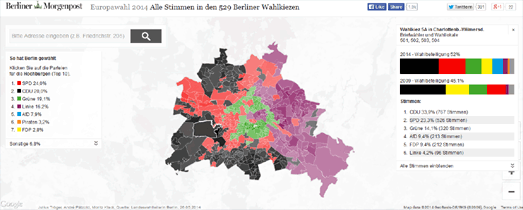
If you want to claim asylum in Europe as a refugee then your best bet is to try to get to Sweden. The worst place to try to claim asylum is Hungary.
Irin News has published a map of asylum acceptance rates for countries in the European Union. Despite all these countries being in the Common European Asylum System there is still a wild variation in the number of refugees whose applications for asylum are accepted between the different countries.
In 2014 the approval rate for asylum applications in Sweden was 45 percent. In Hungary it was just 9 percent.

The current crisis in Syria is probably the biggest cause of the current refugee crisis in Europe. To get to Sweden however refugees face the difficult task of crossing Europe and passing through a number of countries where any request for asylum is more likely to be denied.
Swedish radio station Sveige Radio has mapped the journeys of a number
of Syrian refugees. Reporters from the station have been following the
progress of over 70 Syrians over the past year, as they try to escape
the crisis in Syria and enter 'Fortress Europe'.
At the heart of Sverige Radio's report on
Fortress Europe
is a CartoDB powered map. You can access the journeys and stories of
the individual refugees (and their families) from the map menu. If you
select a name from the menu you can view their path to Europe on the map
and read details about the journey beneath the map.
The report on each individual or family includes details on their
decision to leave Syria and the difficulties they faced in entering
Europe. Many of the reports include an audio interview with the refugee.

The Guardian also recently reported on one man's journey from Syria to Sweden. The Guardian story is a moving account of Hashem Alsouki's perilous journey from Syria.
The main danger for Syrians refugees fleeing to Europe is crossing the Mediterranean. The people smugglers have been known to deliberately sink ships carrying refugees. They also know that any ship they lose will more than likely be lost to them on arrival in Europe. They therefore tend to use the cheapest and least sea-worthy boats for these journeys.
Hashem Alsouki was lucky and successfully managed to cross from Egypt to Italy. Once in Italy Hashem then faced a number of difficult decisions about which route to take to Sweden. You can find out the route he chose and whether he succeeded in reaching Sweden by reading
A Migrant's Journey.
















































